Dr. John Hewitt
100 Magic Lantern Slides of Sarawak. 1905-1908.
SARAWAK. 100 Magic Lantern slides taken by Dr. J. Hewitt, during 1905 - 1908. There are 2 boxes of slides - 50 slides in each box. The slides are arranged according to a list of captions for each box. This is a most interesting collection of original and unique slides in good condition, apart from slides 7, 44 and 86, the glasses of which are cracked. Included in this lot are: 11 Pages of autograph manuscript notes on 50 of the slides, made by Dr. Hewitt, for an Illustrated Lecture on the Indigenous Peoples and Scenery of Sarawak. A photocopy of the handbill advertising the lecture. A photocopy of an 11 page autograph manuscript description by Mrs. Hewitt, of a trip up the Baram river, when many of the slides were taken. Mrs. Hewitt, who accompanied her husband, was the first white woman seen by some of the tribes along the way. Also included are two books: Black Borneo by Charles C. Miller, Museum Press, London, 1946 and Zoo Quest for a Dragon, David Attenborough, The Companion Book Club, London, 1959. John Hewitt (23 December 1880 – 4 August 1961) was a South African zoologist and archaeologist of British origin. He was born in Dronfield nearby Sheffield, England, and died in Grahamstown, South Africa. He was the author of several herpetological papers which described new species. He graduated with a first-class in natural sciences from Jesus College, Cambridge in 1903.[1] From 1905 to 1908 he was Curator of the Sarawak Museum in Kuching, Sarawak. In 1909 he went to South Africa to work as an assistant curator at the Transvaal Museum in Pretoria. In 1910 he was appointed Director of the Albany Museum in Grahamstown, eventually retiring in 1958.[2] He was a founder member of the South African Museums Association and following his retirement as director the new wing of the Albany Museum in 1958 was named after him.[4] Hewitt began investigations into Stone age artifacts[5] in the Grahamstown area of the Eastern Cape, here in collaboration with C. W. Wilmot he excavated a cave on the farm Wilton, described the culture that has ever since been known as Wilton culture.[6] With the Reverend A. P. Stapleton he gave the first account of the Howiesons Poort culture.[7][8] "Hewitt, John (HWT899J)". A Cambridge Alumni Database. University of Cambridge. Deacon HJ, Deacon J (1999). Human Beginnings in South Africa: Uncovering the Secrets of the Stone Age. Walnut Creek, California: AltaMira Press. viii + 215 pp. ISBN 978-0-7619-9086-4 Gunn M, Codd LE (1981). Botanical Exploration of Southern Africa: An illustrated history of early botanical literature on the Cape flora... Cape Town: A.A. Balkema. xii + 401 pp. ISBN 0-86961-129-1 ("Hewitt, Florence Ellen", p. 188). Anonymous (1961). "Obituary: Dr. John Hewitt". South African Archaeological Bulletin 16 (64): 121. JSTOR 3887297 "Hewitt, Dr John (zoology, archaeology)". S2A3 Biographical Database of Southern African Science. Retrieved 7 May 2016. Hewitt J (1921). "On several implements and ornaments from Strandloper sites in the Eastern Province". South African J. Sci. 18: 454-467 Stapleton P, Hewitt J (1927). "Stone implements from a rock-shelter at Howieson’s Poort near Grahamstown". South African J. Sci. 24: 574-587. Stapleton P, Hewitt J (1928). "Stone implements from a rock-shelter at Howieson’s Poort, near Grahamstown". South African J. Sci. 25: 399-409. ( The above from Wikipedia.)See also Dictionary of South African Biography, vol. IV, p. 232. Overall Condition: Very good.
Dr. John Hewitt
100 Magic Lantern Slides of Sarawak. 1905-1908.
SARAWAK. 100 Magic Lantern slides taken by Dr. J. Hewitt, during 1905 - 1908. There are 2 boxes of slides - 50 slides in each box. The slides are arranged according to a list of captions for each box. This is a most interesting collection of original and unique slides in good condition, apart from slides 7, 44 and 86, the glasses of which are cracked. Included in this lot are: 11 Pages of autograph manuscript notes on 50 of the slides, made by Dr. Hewitt, for an Illustrated Lecture on the Indigenous Peoples and Scenery of Sarawak. A photocopy of the handbill advertising the lecture. A photocopy of an 11 page autograph manuscript description by Mrs. Hewitt, of a trip up the Baram river, when many of the slides were taken. Mrs. Hewitt, who accompanied her husband, was the first white woman seen by some of the tribes along the way. Also included are two books: Black Borneo by Charles C. Miller, Museum Press, London, 1946 and Zoo Quest for a Dragon, David Attenborough, The Companion Book Club, London, 1959. John Hewitt (23 December 1880 – 4 August 1961) was a South African zoologist and archaeologist of British origin. He was born in Dronfield nearby Sheffield, England, and died in Grahamstown, South Africa. He was the author of several herpetological papers which described new species. He graduated with a first-class in natural sciences from Jesus College, Cambridge in 1903.[1] From 1905 to 1908 he was Curator of the Sarawak Museum in Kuching, Sarawak. In 1909 he went to South Africa to work as an assistant curator at the Transvaal Museum in Pretoria. In 1910 he was appointed Director of the Albany Museum in Grahamstown, eventually retiring in 1958.[2] He was a founder member of the South African Museums Association and following his retirement as director the new wing of the Albany Museum in 1958 was named after him.[4] Hewitt began investigations into Stone age artifacts[5] in the Grahamstown area of the Eastern Cape, here in collaboration with C. W. Wilmot he excavated a cave on the farm Wilton, described the culture that has ever since been known as Wilton culture.[6] With the Reverend A. P. Stapleton he gave the first account of the Howiesons Poort culture.[7][8] "Hewitt, John (HWT899J)". A Cambridge Alumni Database. University of Cambridge. Deacon HJ, Deacon J (1999). Human Beginnings in South Africa: Uncovering the Secrets of the Stone Age. Walnut Creek, California: AltaMira Press. viii + 215 pp. ISBN 978-0-7619-9086-4 Gunn M, Codd LE (1981). Botanical Exploration of Southern Africa: An illustrated history of early botanical literature on the Cape flora... Cape Town: A.A. Balkema. xii + 401 pp. ISBN 0-86961-129-1 ("Hewitt, Florence Ellen", p. 188). Anonymous (1961). "Obituary: Dr. John Hewitt". South African Archaeological Bulletin 16 (64): 121. JSTOR 3887297 "Hewitt, Dr John (zoology, archaeology)". S2A3 Biographical Database of Southern African Science. Retrieved 7 May 2016. Hewitt J (1921). "On several implements and ornaments from Strandloper sites in the Eastern Province". South African J. Sci. 18: 454-467 Stapleton P, Hewitt J (1927). "Stone implements from a rock-shelter at Howieson’s Poort near Grahamstown". South African J. Sci. 24: 574-587. Stapleton P, Hewitt J (1928). "Stone implements from a rock-shelter at Howieson’s Poort, near Grahamstown". South African J. Sci. 25: 399-409. ( The above from Wikipedia.)See also Dictionary of South African Biography, vol. IV, p. 232. Overall Condition: Very good.





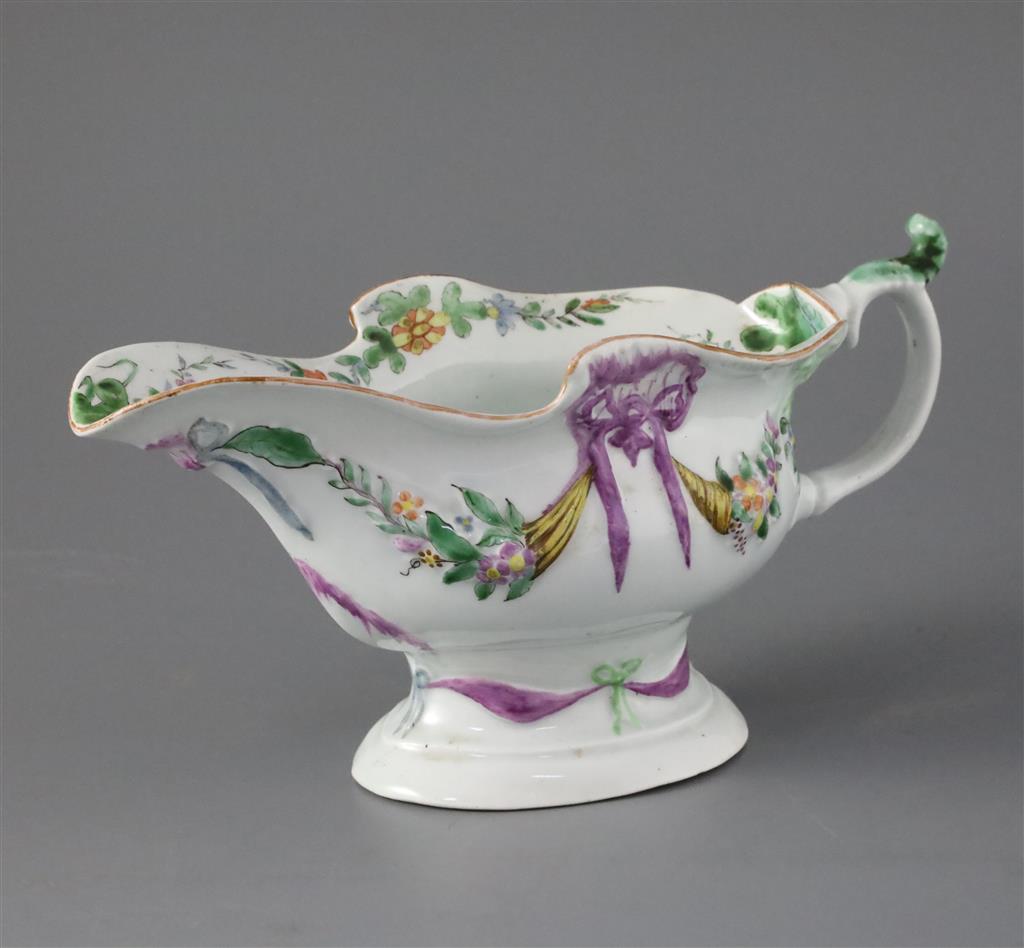
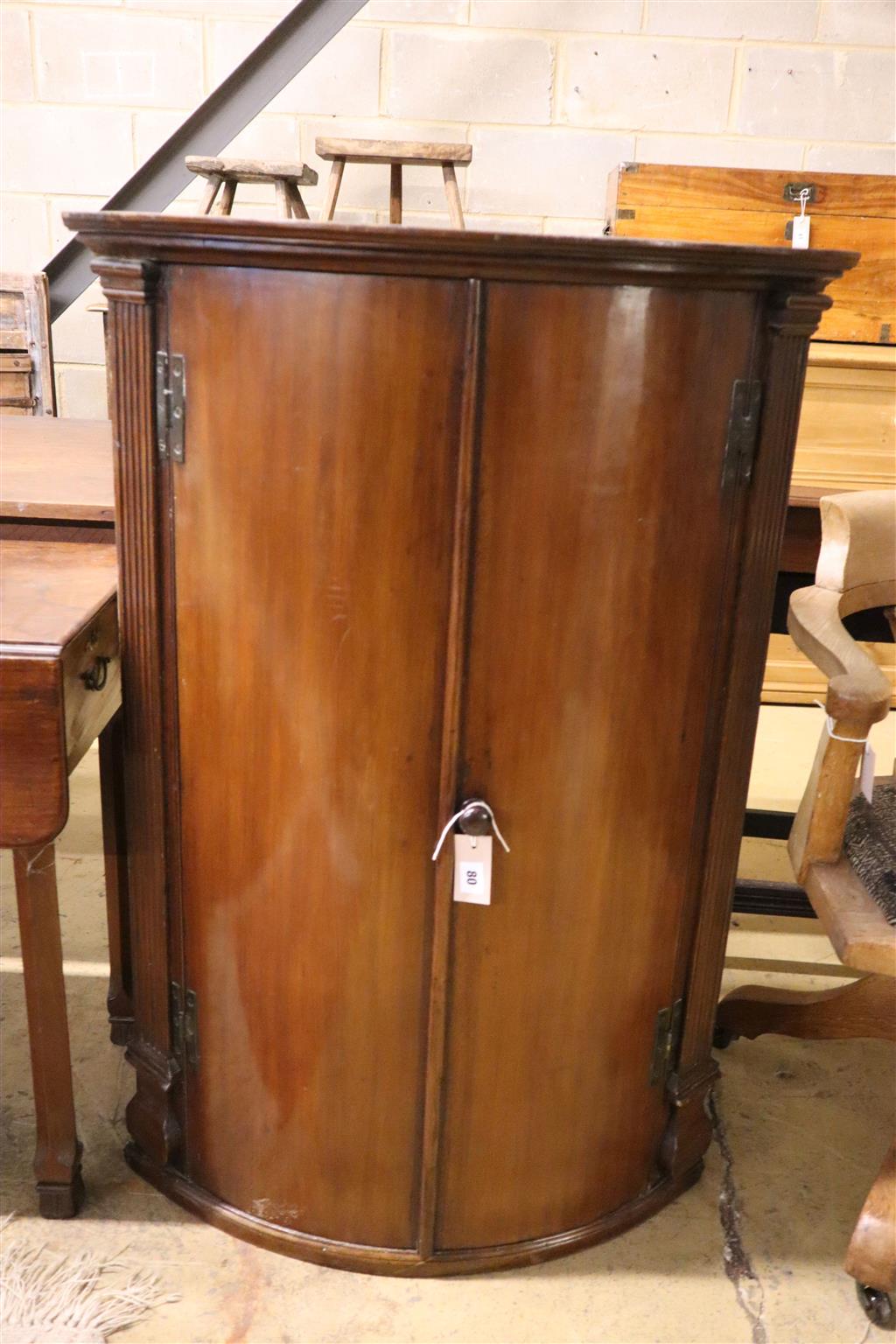


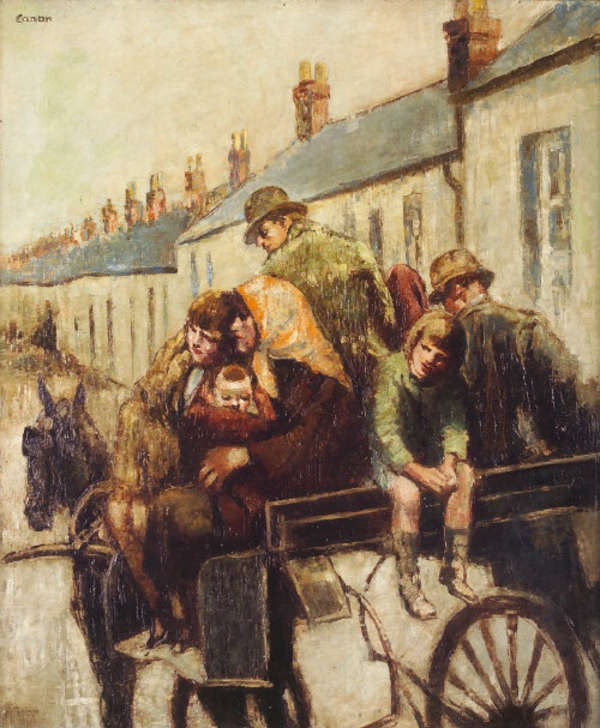


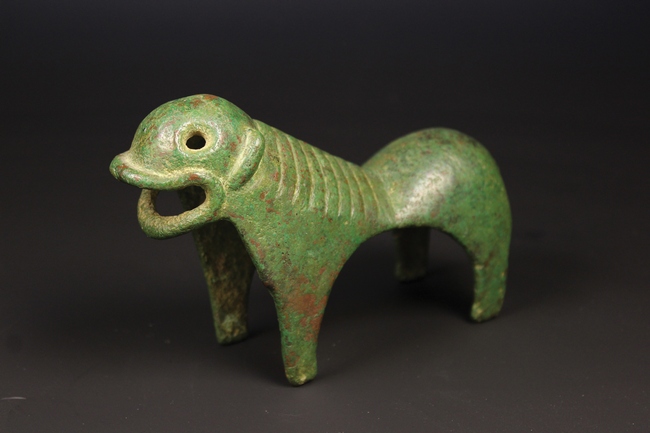

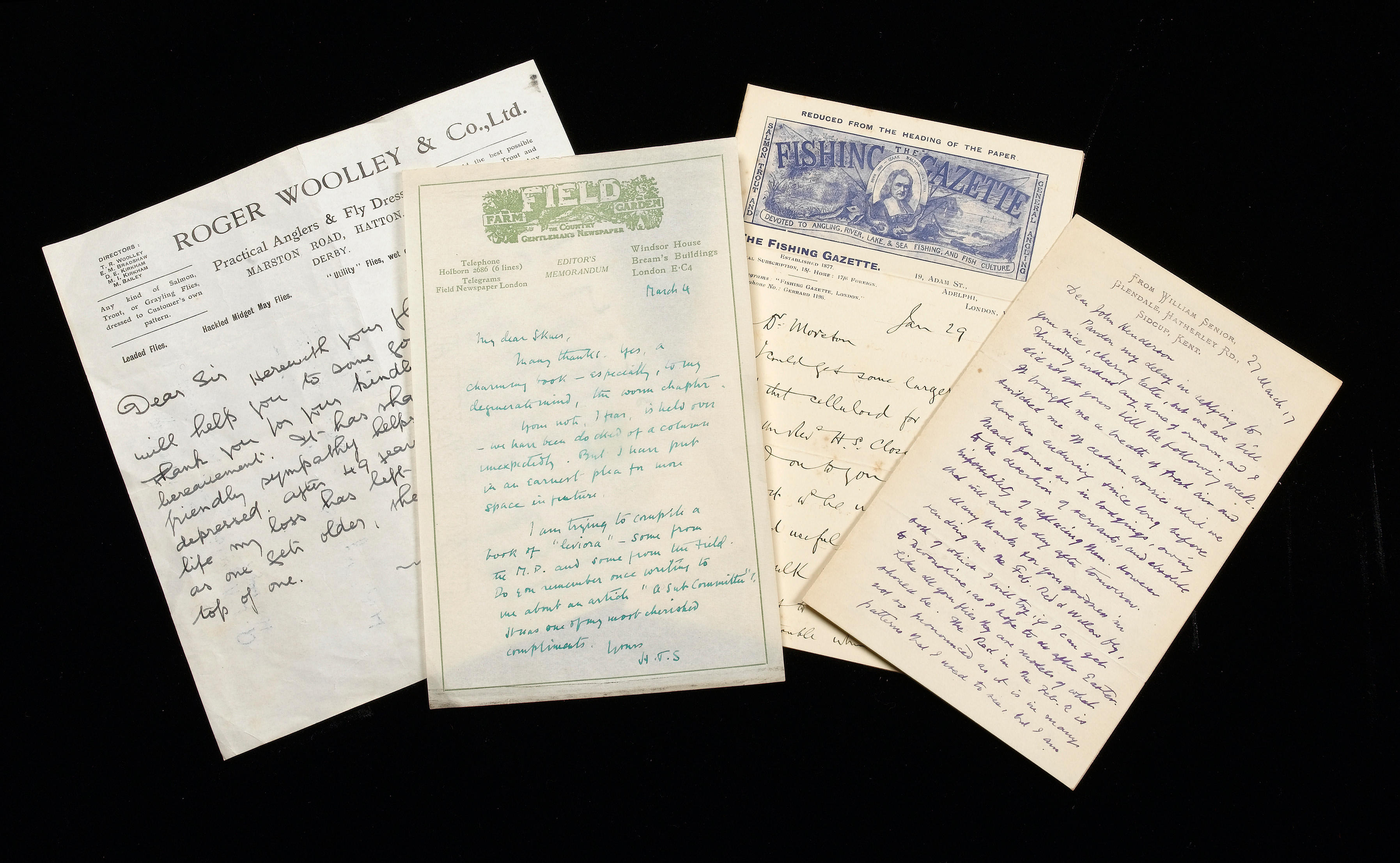
Testen Sie LotSearch und seine Premium-Features 7 Tage - ohne Kosten!
Lassen Sie sich automatisch über neue Objekte in kommenden Auktionen benachrichtigen.
Suchauftrag anlegen